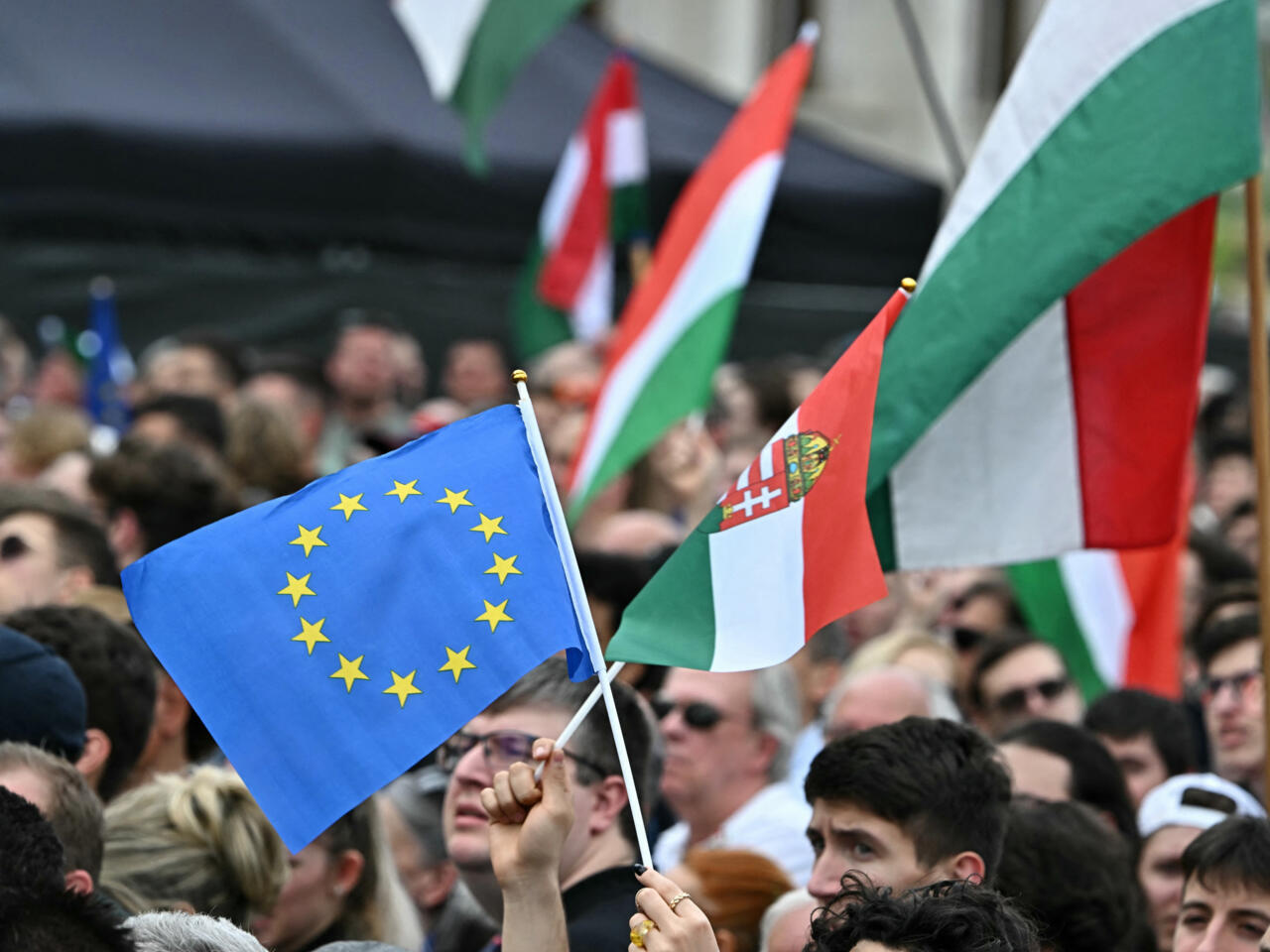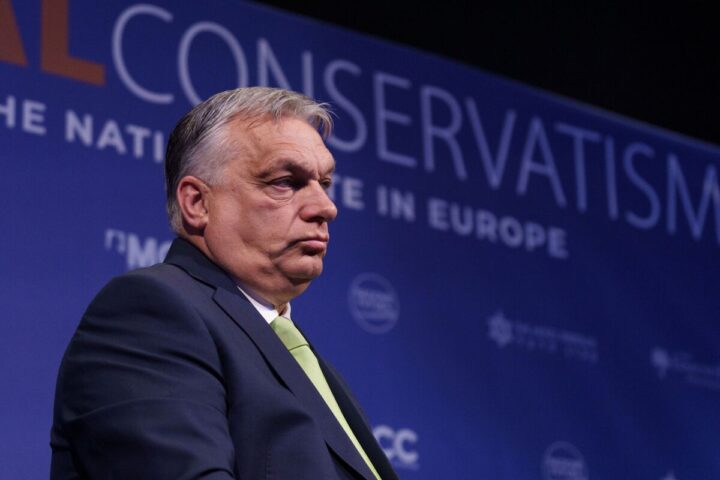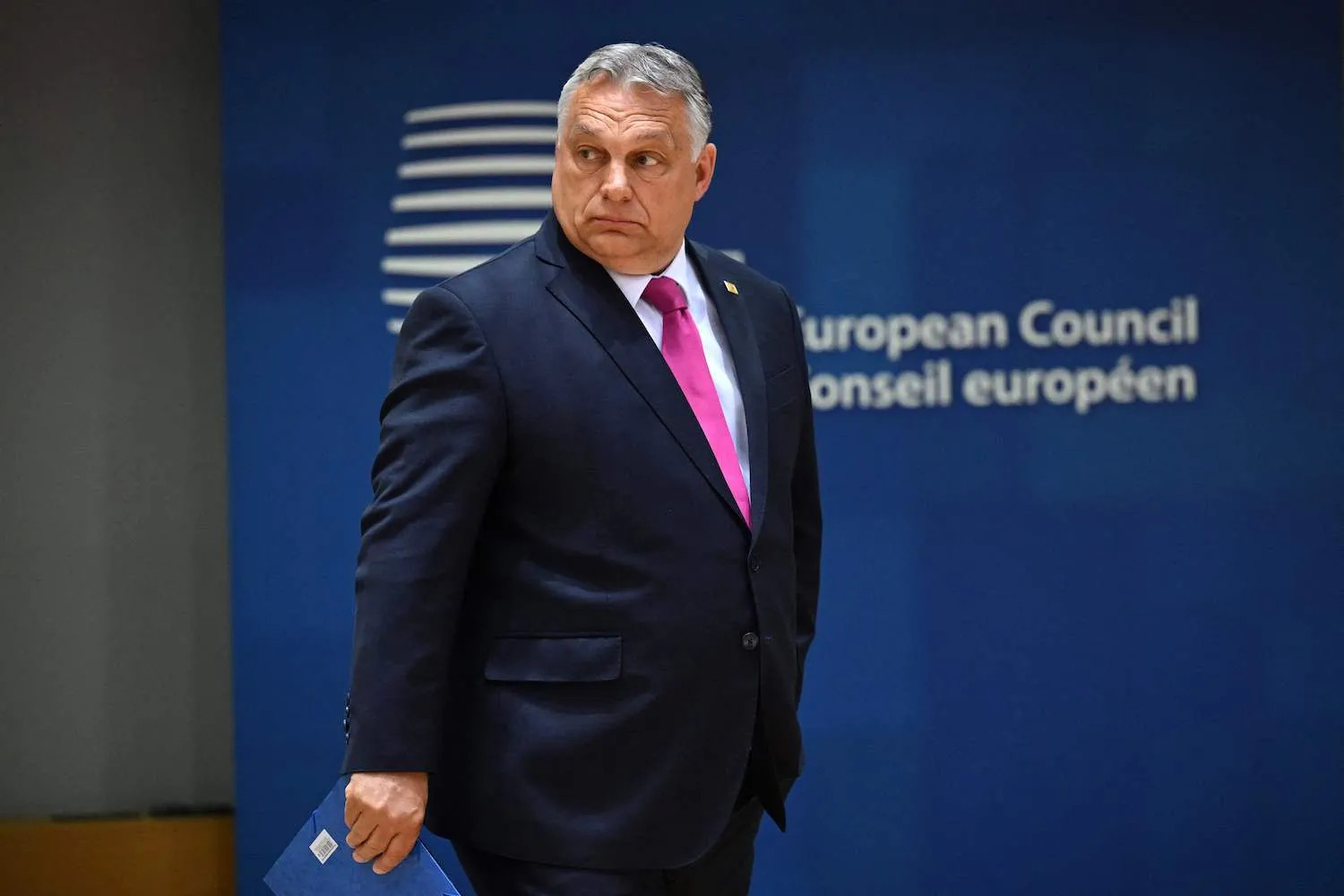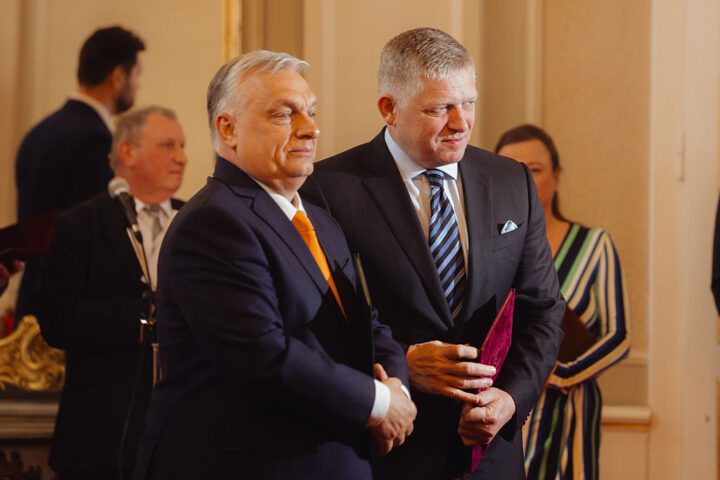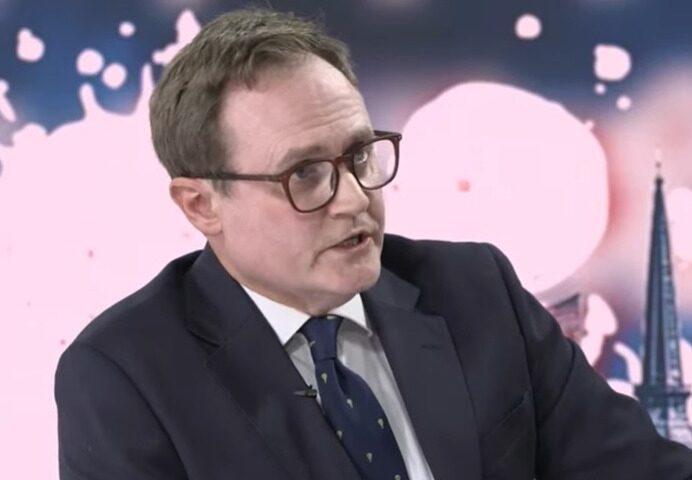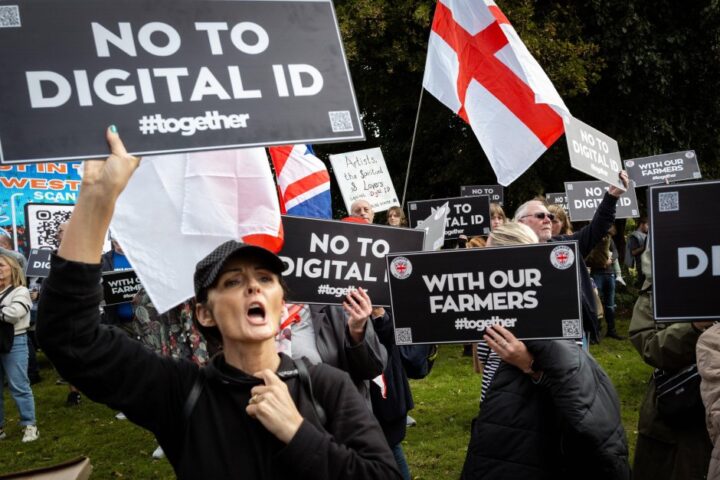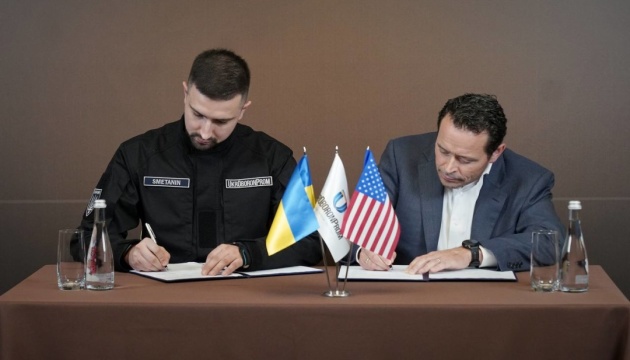On October 5, 2025, tens of thousands gathered in Budapest to protest against Prime Minister Viktor Orban, accusing his government of economic mismanagement and a sharp rise in inflation. Demonstrators also expressed concern over Orban’s openly displayed personal friendship with Russian President Vladimir Putin and the increasingly close ties between Budapest and Moscow that critics say undermine Hungary’s position in the European Union.
Growing public unrest ahead of 2026 elections
Hungary is set to hold parliamentary elections in April 2026, but mounting dissatisfaction has driven citizens to take to the streets well before the vote. Opinion polls this year reveal a steady decline in support for Orban’s ruling Fidesz party, eroding its prospects for victory. Meanwhile, the opposition party Tisa, led by Peter Madyar, is seeing a consistent rise in popularity, signaling a potential shift in Hungary’s political landscape.
Government tightening media control and mobilizing diaspora
In preparation for the upcoming elections, the Fidesz government has increased its use of state-controlled propaganda, which dominates roughly 80% of Hungarian media. Authorities have also tightened digital space oversight, expanding censorship across messengers, social networks, and online platforms. Orban aims to leverage support from the Hungarian diaspora in Romania, Slovakia, and Ukraine, with state-funded cultural and educational organizations expected to bolster loyalty to his government. Populist promises remain a key strategy to boost Fidesz’s electoral appeal.
History of protests reflects deepening political crisis
The October rally follows a series of demonstrations earlier this year. On September 21, 2025, over 50,000 Hungarians protested against Orban’s “hate campaigns” and alleged misuse of taxpayer funds for political propaganda, demanding a referendum to ban such state advertising. On March 15, during the anniversary of the Hungarian Revolution of 1848, protesters called for limits on the prime minister’s tenure — Orban has been in power since 2010 — along with preserving Hungary’s membership in the EU and NATO, supporting Ukraine’s accession to the EU, strengthening social protections for pensioners, and ensuring transparency in tax policy.
The sequence of protests reflects not only a growing public rejection of Orban’s policies but also an intensifying contest over Hungary’s future direction and its role in European politics. The coming months will be decisive for both the government and the opposition as the nation approaches its next parliamentary elections.
